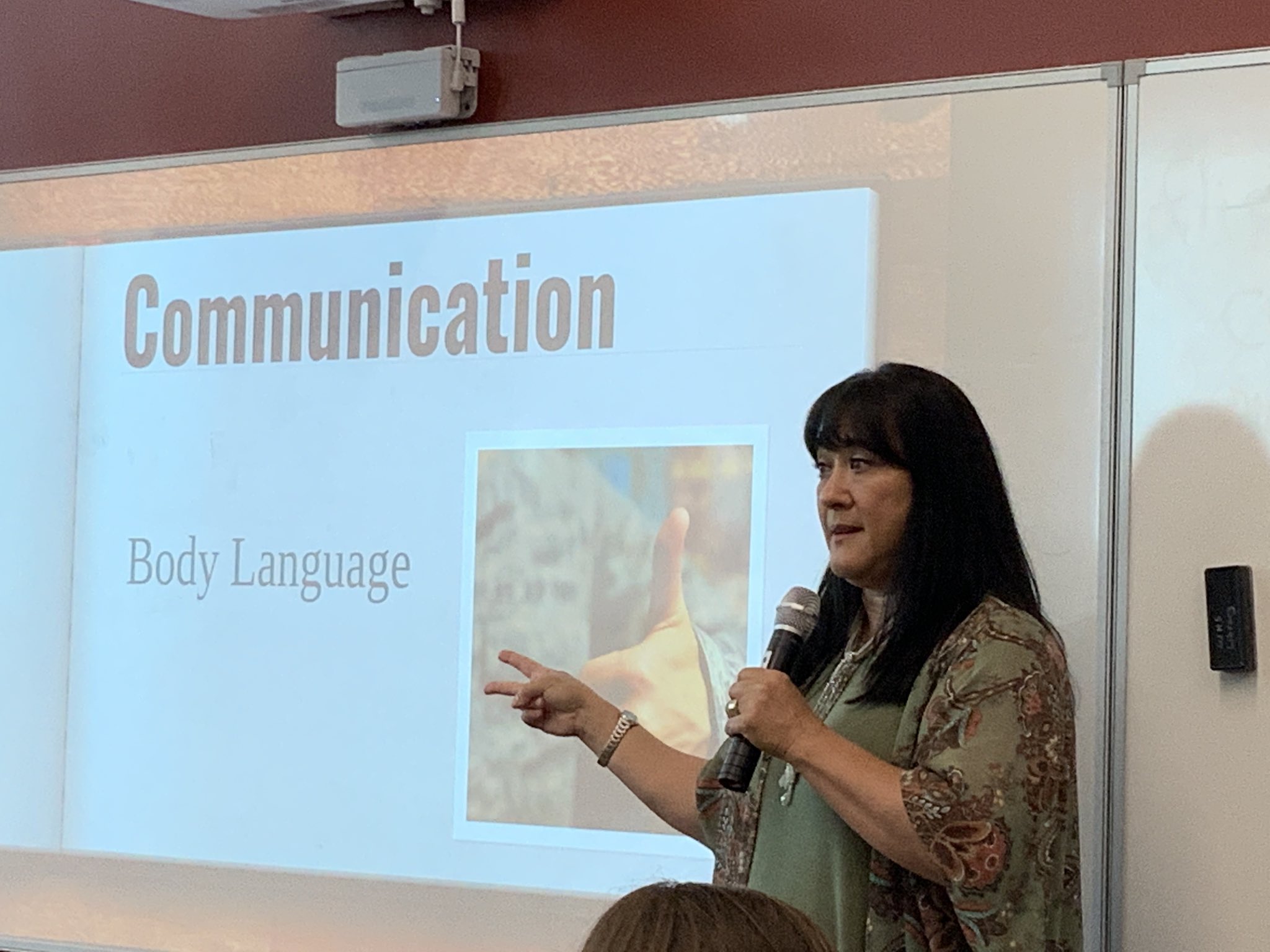by: Carolyn Slavin, M.Ed. - Reed Elementary Bilingual Librarian in Leander ISD
Since March 2020, we have all experienced the
unimaginable. I am very fortunate to be a bilingual school librarian at an
elementary school in Cedar Park, TX. In April, I began to get in contact with
my “Library Leaders”, 4th and 5th graders who had helped in the library
throughout the school year. Additionally, I created asynchronous virtual
lessons for our students. Through the Google Classroom I had created for the
library leaders, I offered optional Zoom sessions. As I began to see which
students came to the Zoom meetings, I was noticing some of my more involved
students during the school year were not showing up.
This led me to question what was going on, and why it might be so difficult to
attend live meetings. I was able to speak privately with a few students through
the comments in Google Classroom, and I was completely surprised to discover
that a fair amount of students attending our school lived in an area with no
internet access whatsoever. I had not even realized exactly where these
students lived in relation to our campus. From the comments my Library Leaders
shared with me, how they were using their parents’ cell phone as a hotspot, how
they were getting kicked off Zoom if their sibling tried to sign on at the same
time, I knew I had to figure out some way to learn more.
In May, I began to travel out to the homes of the students that I knew first,
my Library Leaders. Each of these families had a few younger siblings as well,
and I brought along with me new books and a listening ear. One family in
particular, I am so thankful for, because the mother, Elva Franco, was able to
act as a community organizer in a sense, and give me an idea of how the entire
rural neighborhood was doing with virtual learning.
Those last few months of the 2019-2020 school year, were a nightmare. From the
educators’ side, it didn’t look that way. We were experiencing a very high rate
of participation in virtual learning. It looked as if everything was going
decently. But behind the scenes, families were scrambling to afford high
internet costs, data for cell phones, and understand messages coming from the
school district regarding grades, devices, and requirements for their secondary
students.
So that summer I got to
work researching internet access in rural areas, possibilities for bringing
cables or fiber out, and contacting the Chief Technology Officer (CTO) for our
district, as well as the Texas State Representative for the area. I was able to
meet with them, as well as a member of our school board, in July, to make sure
we had a solution going forward for school starting virtually in August. It was
clear that bringing cable internet to this area was a very long-term solution,
but hotspots being available for families would be more effective.
The week before school began in August, the hotspots were delayed coming into
our district due to a high national demand. Because this was more of an
internal discussion among district leaders, the families that I had spoken to
were very nervous about starting the school year as a result of lack of
information. Elva Franco decided to put together a letter to the school board,
and she had it signed by 20+ families, with 40+ students in the district. This
got some attention, and kept me in the loop right when hotspots were distributed
during the first few weeks of school.
At first, the hotspot requests from these families were being denied, because
the area was not on the map for good cell service. Myself and Elva could not
accept that. Because I had been in contact with our CTO during the summer, I
was able to obtain a hotspot to go out and test it. Honestly, there were a few
places in valleys that had spotty service, but the majority of homes did get
service through the hotspot. Unfortunately, it took this extra step to get
hotspots to these families.
There is no way that families can know all of the ins and outs of a school
district. But the key is to be relentless in the pursuit of equitable
education for our students. Limiting their access to education is simply
unacceptable. Sometimes we, as librarians, are the people who need to take that
initiative. We have connections in the entire school, at the district level,
and across our communities.
Build on the relationships you already have at your schools. Continue to ask
questions and demand the best for our students. More on the story here - https://www.kxan.com/pass-or-fail/what-are-some-of-the-nationwide-solutions-to-help-students-most-in-need-during-the-pandemic/ and here - https://fb.watch/2du7mCZQ_J/












